Enrico Pellegrini
Optic disc and fovea localisation in ultra-widefield scanning laser ophthalmoscope images captured in multiple modalities
Apr 24, 2020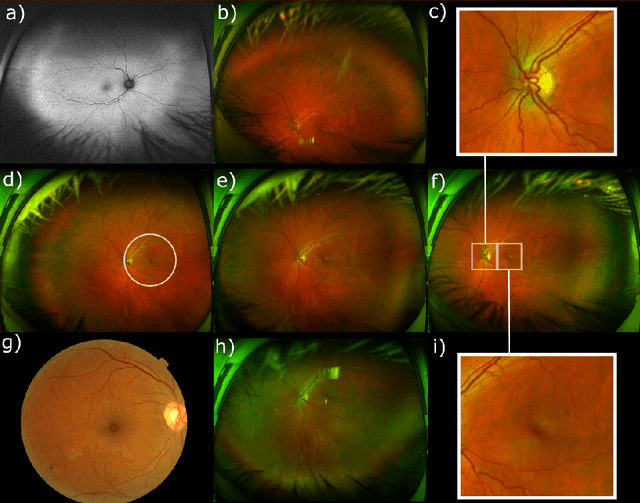


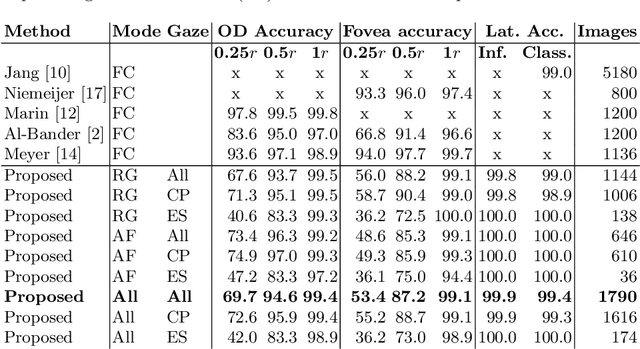
Abstract:We propose a convolutional neural network for localising the centres of the optic disc (OD) and fovea in ultra-wide field of view scanning laser ophthalmoscope (UWFoV-SLO) images of the retina. Images captured in both reflectance and autofluorescence (AF) modes, and central pole and eyesteered gazes, were used. The method achieved an OD localisation accuracy of 99.4% within one OD radius, and fovea localisation accuracy of 99.1% within one OD radius on a test set comprising of 1790 images. The performance of fovea localisation in AF images was comparable to the variation between human annotators at this task. The laterality of the image (whether the image is of the left or right eye) was inferred from the OD and fovea coordinates with an accuracy of 99.9%
Machine learning of neuroimaging to diagnose cognitive impairment and dementia: a systematic review and comparative analysis
Apr 11, 2018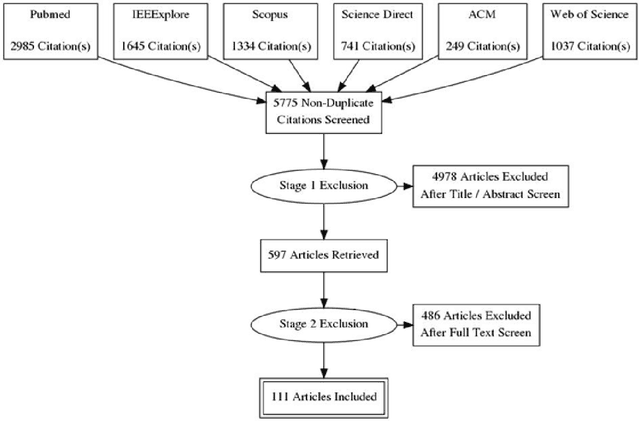
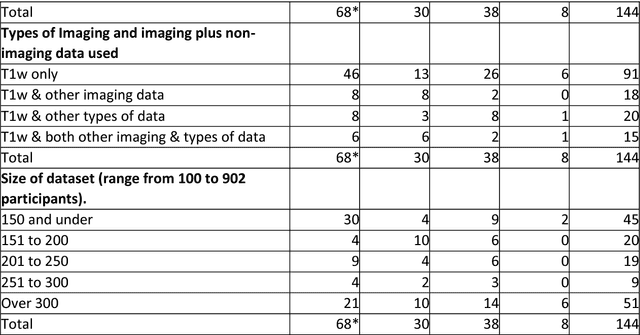
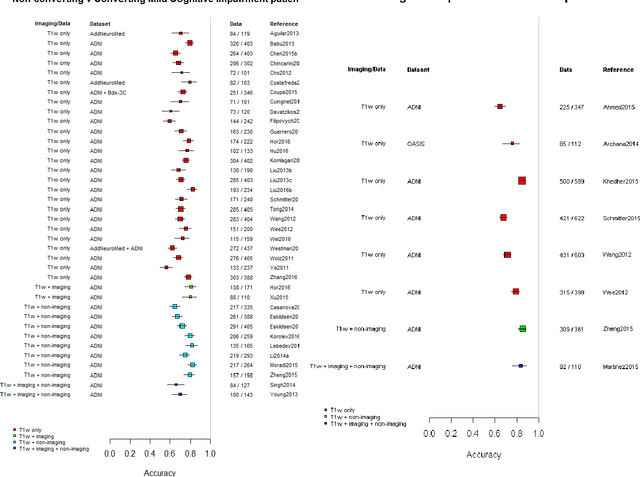
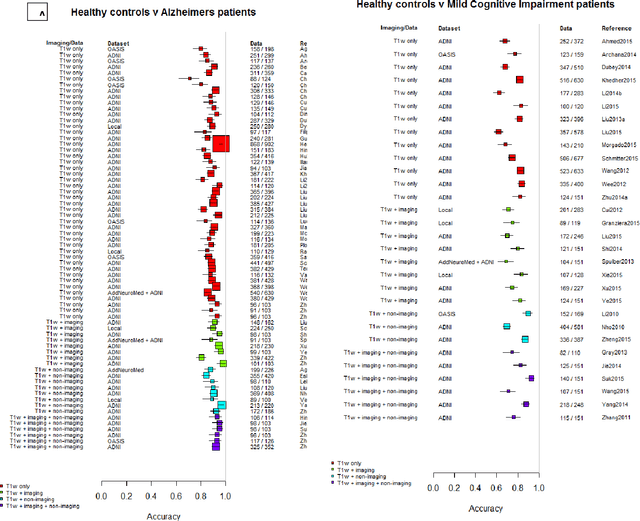
Abstract:INTRODUCTION: Advanced machine learning methods might help to identify dementia risk from neuroimaging, but their accuracy to date is unclear. METHODS: We systematically reviewed the literature, 2006 to late 2016, for machine learning studies differentiating healthy ageing through to dementia of various types, assessing study quality, and comparing accuracy at different disease boundaries. RESULTS: Of 111 relevant studies, most assessed Alzheimer's disease (AD) vs healthy controls, used ADNI data, support vector machines and only T1-weighted sequences. Accuracy was highest for differentiating AD from healthy controls, and poor for differentiating healthy controls vs MCI vs AD, or MCI converters vs non-converters. Accuracy increased using combined data types, but not by data source, sample size or machine learning method. DISCUSSION: Machine learning does not differentiate clinically-relevant disease categories yet. More diverse datasets, combinations of different types of data, and close clinical integration of machine learning would help to advance the field.
 Add to Chrome
Add to Chrome Add to Firefox
Add to Firefox Add to Edge
Add to Edge